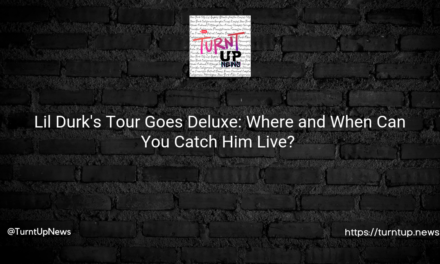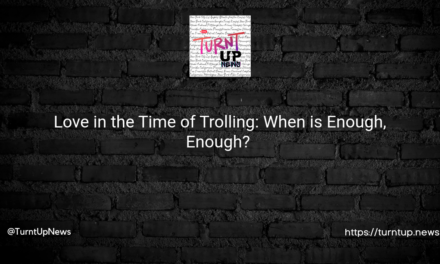🕳️ Florida’s Infamous Sinkhole Strikes Back! 🚧 No Damage Done, Just the Nerves Shaken 😱
TL;DR; Florida’s notorious man-swallowing sinkhole in Seffner shows up for an unexpected encore. This time, thankfully, no humans or properties were harmed, thanks to some foresight and a well-placed chain-link fence. The sinkhole’s spontaneous return on July 10, 2023, is part of a natural, yet unsettling, geological phenomenon common to the porous limestone foundations of central Florida.
Oh Florida! The state’s beloved, yet eerily insatiable sinkhole is back in the headlines. Now, don’t flip out, because the notorious earthy maw that shockingly swallowed a man back in 2013 has resurfaced yet again. However, this time it seems to be on a diet, devouring neither people nor properties. Instead, it was found chilling behind a chain-link fence in Seffner, a suburb of Tampa. 😮
This ground-breaking (literally) event occurred on July 10, 2023, an occurrence that Hillsborough County officials say isn’t unusual for these kinds of underground formations. The sinkhole had been stuffed full of a water-gravel mixture after its previous appearance in 2015, but like a stubborn party guest, it just keeps showing up uninvited.
Jon-Paul Lavandeira, the county code enforcement department director, assured locals that “none of the homes surrounding this appear to be in any danger.” 😅 Whew! Well, isn’t that a breath of fresh air?
Now, you might be wondering, “What happened in 2013?” Let’s take a trip down memory lane. A decade ago, in the same location, the sinkhole opened up with a voracious appetite, swallowing 37-year-old Jeff Bush while he was sleeping in his bedroom. His body was never recovered despite desperate attempts by his brother Jeremy Bush to dig him out. 😢
Now, this area serves as a sort of monument to Jeff, with Jeremy stating, “This is the only place I’ve got to visit him.” After the horrifying incident, county officials set up fences around the lot, hoping to keep further calamity at bay.
Geographically speaking, Florida is practically synonymous with sinkholes. The state is essentially a sponge cake of porous carbonate rocks like limestone, which store and help move groundwater. Sinkholes form when the soil or sand layer on top gets too heavy and the limestone base can’t bear the weight, causing it to collapse. Sometimes, it’s not just Mother Nature doing her thing; human activities such as pumping groundwater used for irrigation can exacerbate the issue.
Even though this recent sinkhole appearance didn’t result in any immediate harm, its presence is a stark reminder of the ongoing geological risks associated with living in the Sunshine State. According to the state Office of Insurance Regulation, sinkhole claims in Florida cost insurers a whopping $1.4 billion from 2006 to 2010. 🤯
So now, let’s circle back to the reappearing sinkhole of Seffner. Jon-Paul Lavandeira believes that it might return sometime in the future, stating, “This is Mother Nature. This is not a man-made occurrence.” And you thought Florida only had alligators to worry about! 🐊
So, with our natural Florida landscape sharing space with alligators, sandy beaches, and developers, we must ask ourselves, is this risky sinkhole tango a dance we’re willing to keep up?
What do you think, folks? Do these recurring sinkholes signify the need for stricter building regulations in sinkhole-prone areas? And how can we ensure the safety of residents without compromising on Florida’s developmental aspirations? 🤔
DISCLAIMER: This article is not intended to provide geological, safety, or real estate advice. It merely presents the events and information as they have unfolded. Always consult with a professional for advice on such matters.





